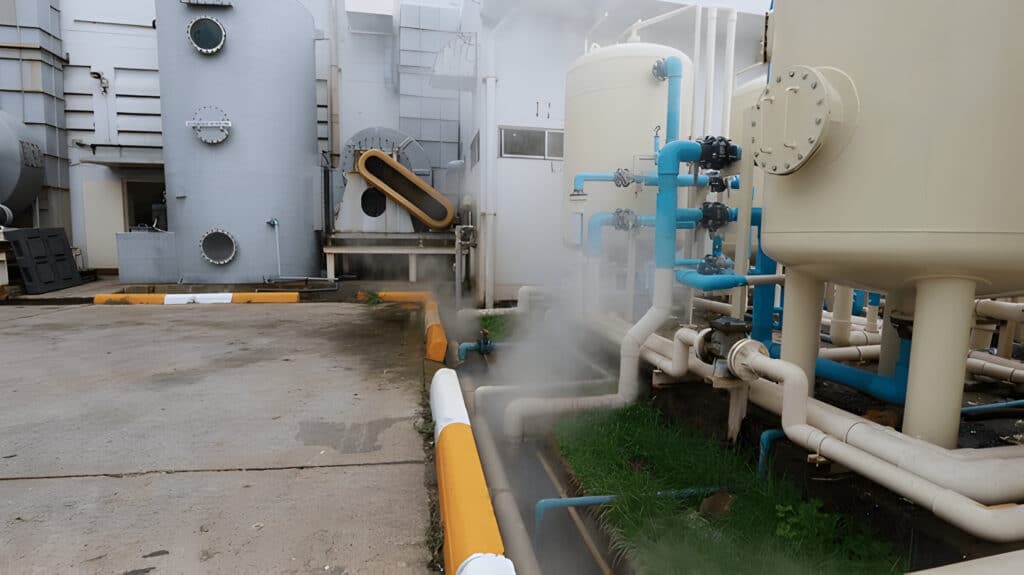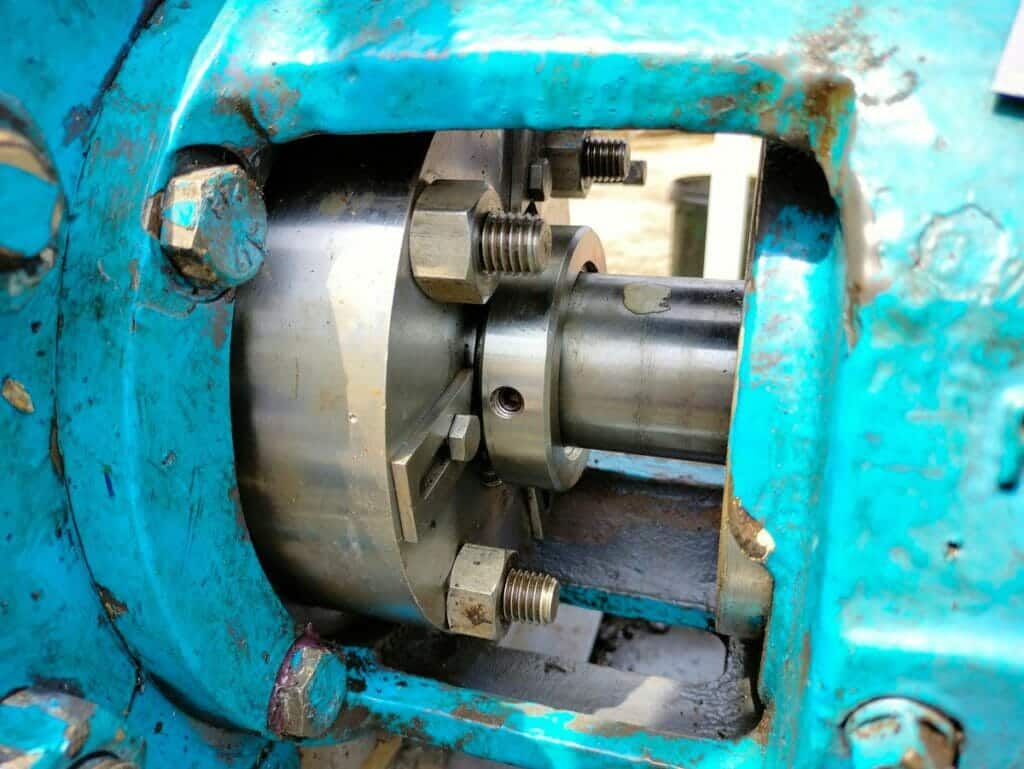
What Is Flash Steam
Flash steam is the steam that forms when high-pressure, high-temperature condensate is discharged to a lower pressure. As the pressure drops, some of the condensate “flashes” into steam due to the excess energy.
Benefits of Flash Steam Recovery
- Energy savings: Flash steam contains 10-40% of the energy in the original steam. Recovering and using this energy can significantly reduce boiler fuel consumption and costs.
- Water savings: By recovering and reusing the condensate and flash steam, less makeup water is required, reducing water treatment and disposal costs.
- Improved efficiency: Utilizing flash steam in low-pressure applications or for preheating reduces the demand on the high-pressure steam system, improving overall efficiency.
- Environmental benefits: Reduced fuel and water consumption leads to lower greenhouse gas emissions and wastewater discharge.
What Are Steam Leaks
Steam leaks are the unintentional loss of steam from pipes, valves, flanges, or other components in a steam distribution system. Steam leaks can occur due to various reasons, such as:
- Deteriorated gaskets or seals
- Loose or damaged pipe fittings
- Valve misalignment or damage
- Vibration-induced fatigue
- Corrosion or erosion of pipe walls
Steam leaks represent a significant source of energy loss in industrial plants, often costing millions of dollars annually. A single 1/8″ diameter hole in a 100 psig steam line can waste over $3,000 per year. Larger leaks or higher pressures result in even greater losses.
In addition to energy waste, steam leaks can lead to safety hazards, reduced equipment performance, and increased maintenance costs.
Common Locations of Steam Leaks
Steam leaks can occur anywhere in the steam distribution system but are most common in the following locations:
- Pipe flanges and joints
- Valve stems and packing
- Pressure reducing valves
- Steam traps
- Threaded connections
- Expansion joints
- Condensate return lines
Distinguishing Flash Steam from Leaks
Mistaking flash steam for a leak can lead to unnecessary repairs and reduced efficiency if the flash steam is not recovered.
Visual Appearance
Flash steam appears as a white plume or cloud at the outlet of a steam trap, valve, or pipe. The plume is relatively steady and dissipates quickly as the steam condenses.
Steam leaks often appear as a more forceful, concentrated jet of steam that may be visible from a greater distance.
Sound
Flash steam typically produces a soft, hissing sound as it exits the pipe or valve. The sound is relatively constant and may have a slightly lower pitch than a steam leak.
Steam leaks often generate a higher-pitched, more intense whistling or rushing sound due to the higher velocity and pressure of the escaping steam.
Associated Condensate Flow
Flash steam is always accompanied by a flow of high-temperature condensate. The presence of condensate is a key indicator that the observed steam is flash steam rather than a leak.
Steam leaks do not have a significant condensate flow associated with them.
Temperature
The temperature of flash steam is lower than the saturated steam temperature at the original pressure. For example, condensate at 100 psig (338°F) will flash to steam at approximately 212°F when discharged to atmospheric pressure.
Steam leaks will be at or near the saturated steam temperature for the supply pressure.
Pressure
Flash steam occurs when high-pressure condensate is discharged to a lower pressure, such as atmospheric pressure. The pressure difference drives the formation of flash steam.
Steam leaks are not necessarily associated with a pressure drop and can occur at any point in the steam distribution system.






